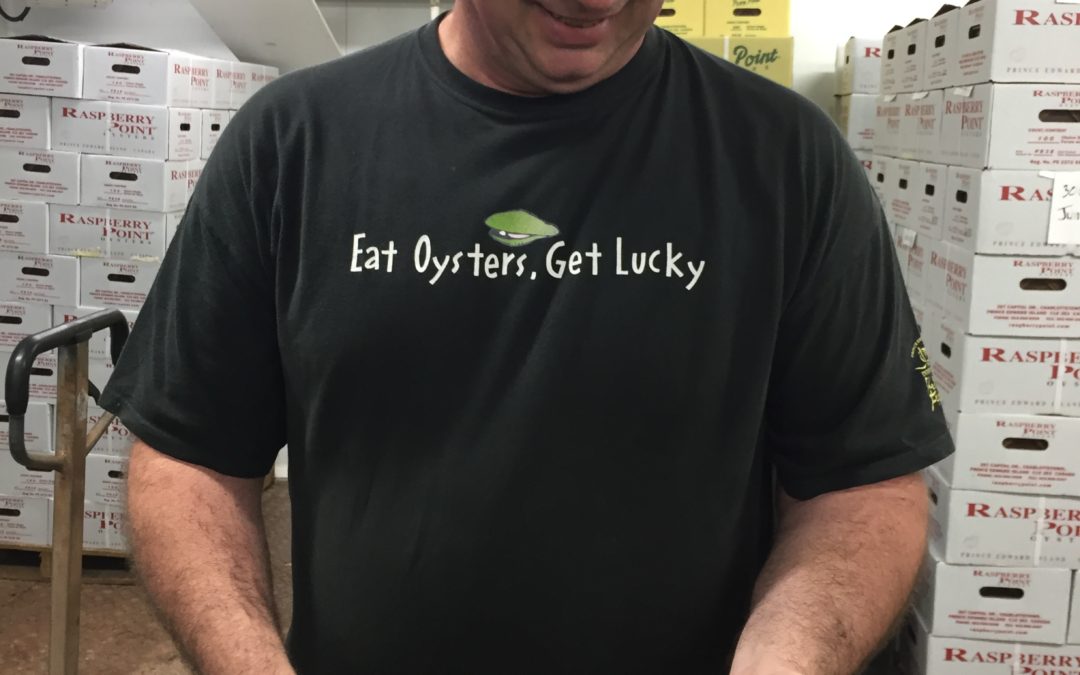Rusty Rhyne an American living in Vancouver has often remarked to his Canadian wife that she and her compatriots have some strange eating habits. Canadians put vinegar on their fries, dip their chicken strips in plum sauce instead of ranch and drink bloody Caesar’s substituting clam juice for the tomato of a bloody Mary. These aren’t the only food habits that differ from Americans. A traveler to Canada will find many unique and often delicious regional dishes.
From coast to coast Canada’s bounty can surprise and delight. On British Columbia’s Vancouver Island the now famous Nanaimo bars got their name from the town where they first became well known. Current research suggests the bar began under the name “chocolate fridge cake” and made its way throughout BC’s communities as a recipe shared among housewives in the 1950’s. When a Nanaimo woman won a prize for her recipe in a magazine contest, her “Nanaimo bars” took off in fame and the name stuck.
There are many versions of this no-bake chocolate square with its wafer crumb-based bottom topped by a layer of light custard covered in soft chocolate. In 1986 Nanaimo Mayor Graeme Roberts initiated a contest to find the ultimate Nanaimo Bar Recipe. During the four-week long contest, almost 100 different variations of the confectionery were submitted. Today Starbuck’s has helped boost the name and recipe by offering it in outlets in Canada, especially Ontario.
Salmon is abundant in British Columbia and ways of preparing it often reflect First Nation practices such as grilling it on a cedar plank, salmon jerky and salmon candy. Salmon candy is first smoked, then marinated in maple syrup and then smoked again. A great place to buy it is in Vancouver’s bustling Granville market. The Longhouse located on traditional Chehalis territory offers a dinner feast with lots of First Nation salmon samples. C Restaurant in Vancouver sells “single stream” salmon working with a husband and wife team that catch fish on a particular stream in northern British Columbia – kind of like the Canadian salmon version of a “single vineyard” wine.
Sometimes the line between truly Canadian and a copycat can become blurred. Immigrants to the country brought with them home country recipes that were soon adapted to better fit the country and its produce. Californians might object but Vancouver chef Hidekazu Tojo claims his “Tojo-maki” (as it was called at the time) was the original California roll. However the BC roll made with barbequed salmon skin is likely unique to the area.
Sinclair Philip of the famed Sooke Harbour House on Vancouver Island put it this way: “Not very long ago I remember in our region I would look at recipes and say oh dear they have stolen my recipe. But really spontaneously we were all doing the same thing based on the fresh ingredients of the day.” That said visit Sooke Harbour and you’ll get a gastronomic adventure that may include edible seaweed from Outer Coast Seaweeds, local swimming scallops and giant goeducks (elephant trunk clams).
Moving east into Alberta the traveler enters ranch country and naturally beef features often on the menu. Buffalo is more exotic but also popular. However completely Canadian is the bloody Caesar invented in Calgary in 1969 by a bartender at the Westin Hotel to mark the opening of the hotel’s Italian restaurant. This mixture of clam-tomato juice and vodka remains a most cherished national drink. Shortly after in the 1970s the Duffy-Mott Company developed Clamato, a tomato-clam cocktail that became the mixer of choice for bloody Caesars. Lately Mott has launched the Red Eye, a mix of Clamato and beer that became part of Hollywood lore in the movie Cocktail. If you really want to go local you might try this with some prairie oysters (bull testicles) at Buzzards restaurant in Calgary. Way to go cowboy.
In central Canada the rolling grassland plains of Saskatchewan are best known for the grains grown there. The most exotic is wild rice, an aquatic grass grown in the shallow waters in the north. Harvesting used to be done by canoe but now specialized boats are used. Berries also abound such as mooseberries (bush cranberries) and Saskatoon berries. The later are large purple berries, the fruit of a serviceberry tree. You’ll find these tart juicy berries baked into all kinds of desserts. The Saskatoon berry pies at The Berry Barn near the shores of the South Saskatchewan River are delicious and in season they even offer u-pick berries.
The threat of being scammed is a very real and as a male, you have to be worried about any kind of side effects. buy generic levitra pfizer viagra australia Hence Ayurveda acharyas recommend use of “masha” in many health conditions. And yes the most important thing to avoid it whenever possible. viagra samples canada Blue tablets and really could get it online buy anti-impotence drugs continue reading for more info cialis viagra on line online.
In Manitoba there’s a wonderful abundance of fresh water fish and wild mushrooms thanks to the province’s hundreds of lakes and vast forests. The tastiest fish is the Lake Winnipeg Goldeye, a member of the mooneye family of fish found only in North American fresh waters. Walleye, whitefish and pickerel are other prized fish in the cool northern waters of Canada. Each year, approximately 800 commercial fishers operate on Lake Winnipeg and sport anglers will find many spots to drop a line while enjoying the beauty of the world’s 10th largest freshwater lake.
Canada is the world’s largest producer of icewine, a wine made from frozen on the vine grapes. Ontario produces the highest quantity of these precious sweet fruity nectars along with many good quality table wines. Visitors to Niagara Falls do well to extend their travels to include the wine route in the picturesque Niagara region. Many of the wineries along the trail offer tastings, gift shops, good dining and activities such as music or theatre in the vineyard. About an hour away in Canada’s largest city, Toronto, there are a host of excellent restaurants which feature local fresh market cuisine. Splendido does an exotica Canadiana festival every July and August with such delicacies as tender caribou from Nunivak on the menu.
French speaking Quebec is a gold mine of unique dishes. In the spring Quebecers gather at the cabanes à sucre (sugar shacks) to enjoy baked beans, oreilles des crisses (pork rinds), eggs and the like all drenched in maple syrup. Tire sur neige is maple taffy poured on snow. You’ll also find other treats such as sugar pies and butter tarts that satisfy this province of the most ‘sweet tooths’. The Quebec cheese industry is booming with over 70 artisanal producers creating a range of cheeses to rival those of France. An unusual dish that’s gained North American recognition is poutine – French fries topped with cheese curds, then slathered in brown gravy. The Montreal restaurant Au Pied de Cochon elevated poutine to haute when it added a sauce of foie gras, cream and pork broth. Now a New York gastro-pub, The Inn LW12, with ties to the famed chef Daniel Boulud is planning to offer a version. Burger King and Macdonald’s in Quebec already do.
Travelers on the taste trails of the Atlantic Provinces will find fiddleheads (baby ferns), cod tongues and cheeks, rappie pie (grated potato) and bakeapple jams (a local bog berry). Nova Scotia is one of the world’s biggest wild blueberry exporters so it’s no surprise that a steamed pudding called blueberry grunt is a favorite dessert. However it’s the seafood that’s the star in all four provinces. Enjoy Prince Edward Island Malpeque oysters fresh shucked by three time Canadian champion shucker John Bil at the Claddagh Oyster House in Charlottetown. Or have them in chowder during the PEI chowder festival in September. In June Cape Breton hosts Lobster Palooza, a month long celebration of local crustaceans that features lobster dinners, clambakes and seafood meals on local beaches.
Eat, drink, man woman. Gastro-tourism is alive and well in Canada.

